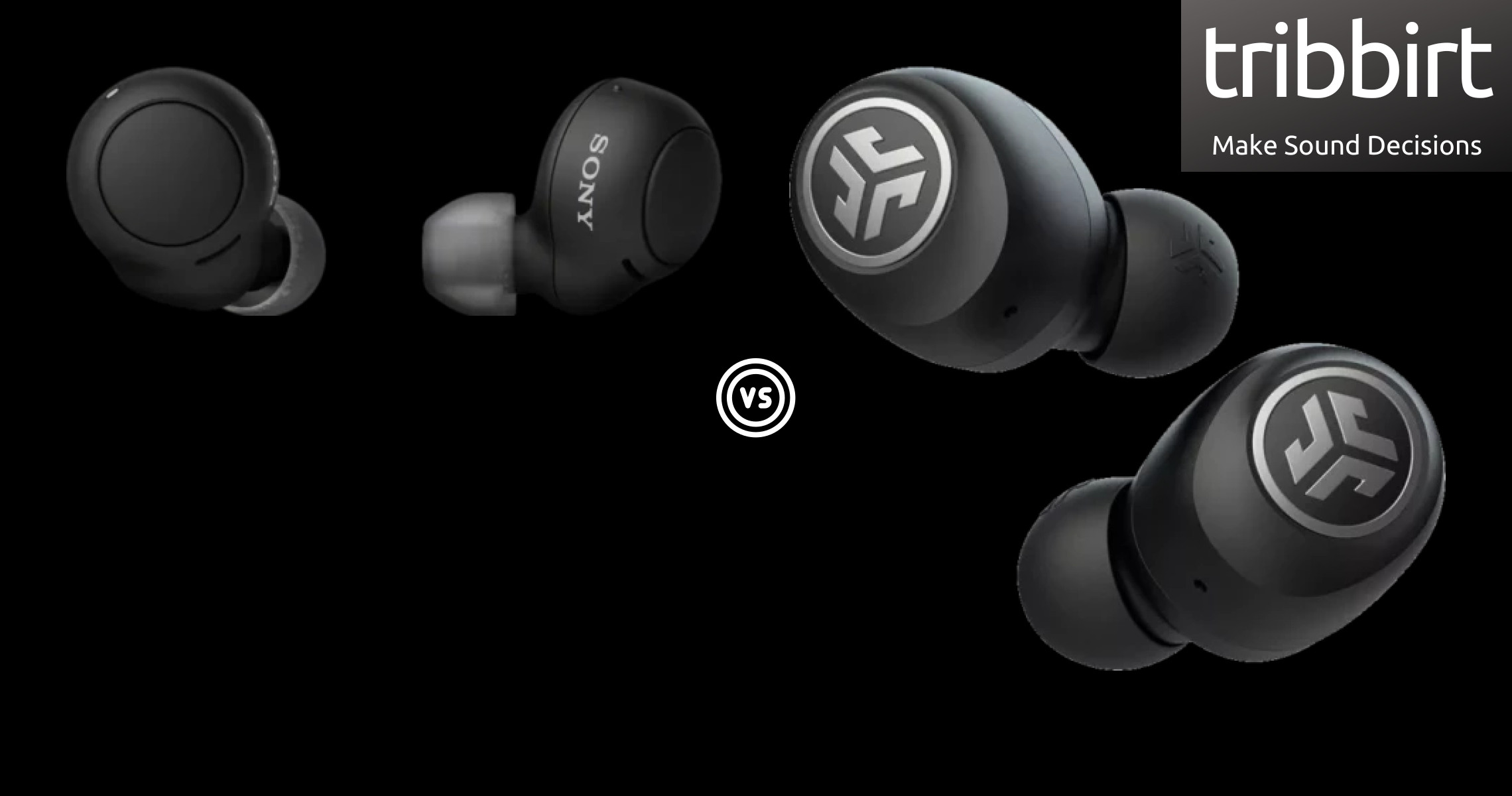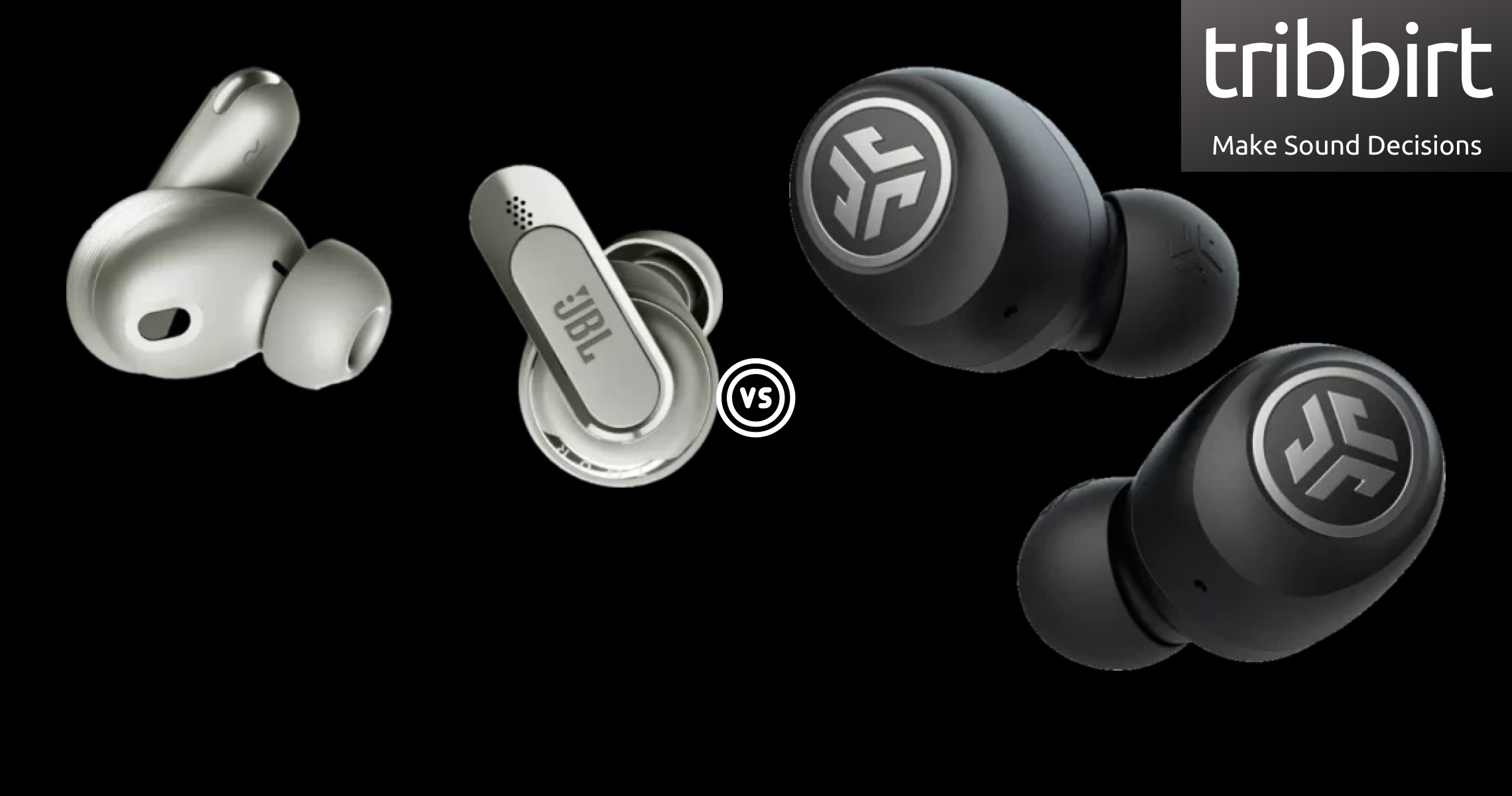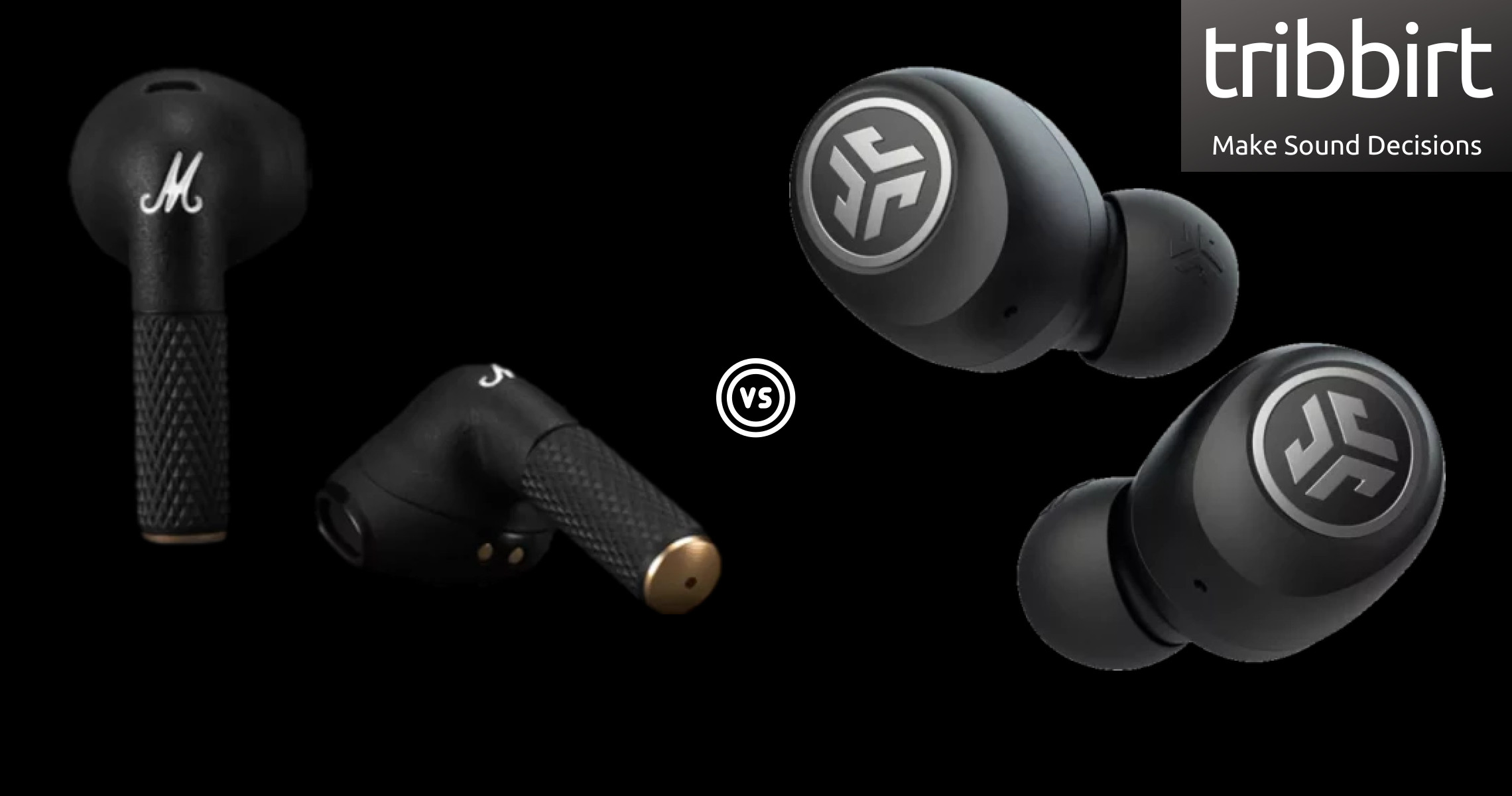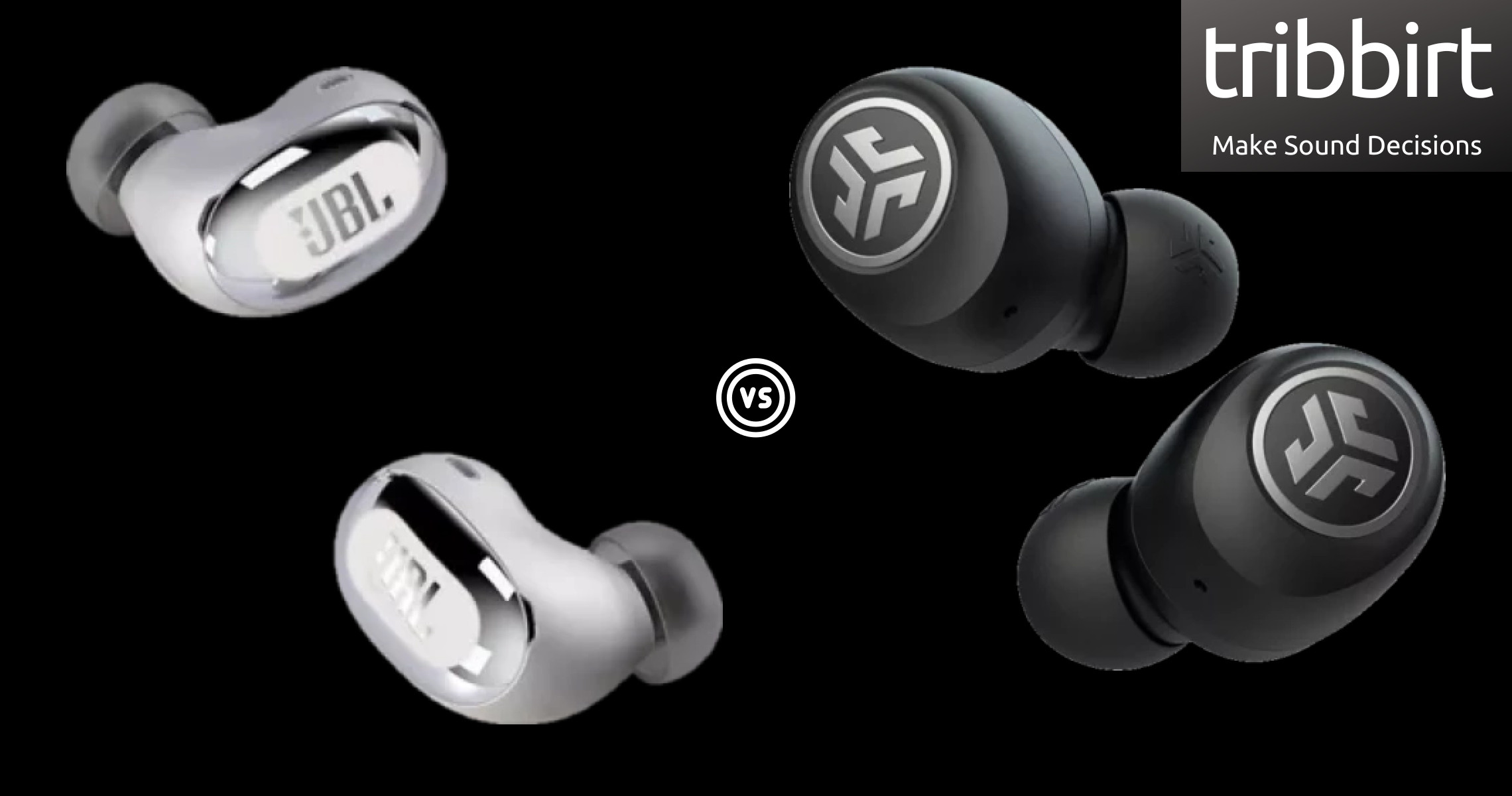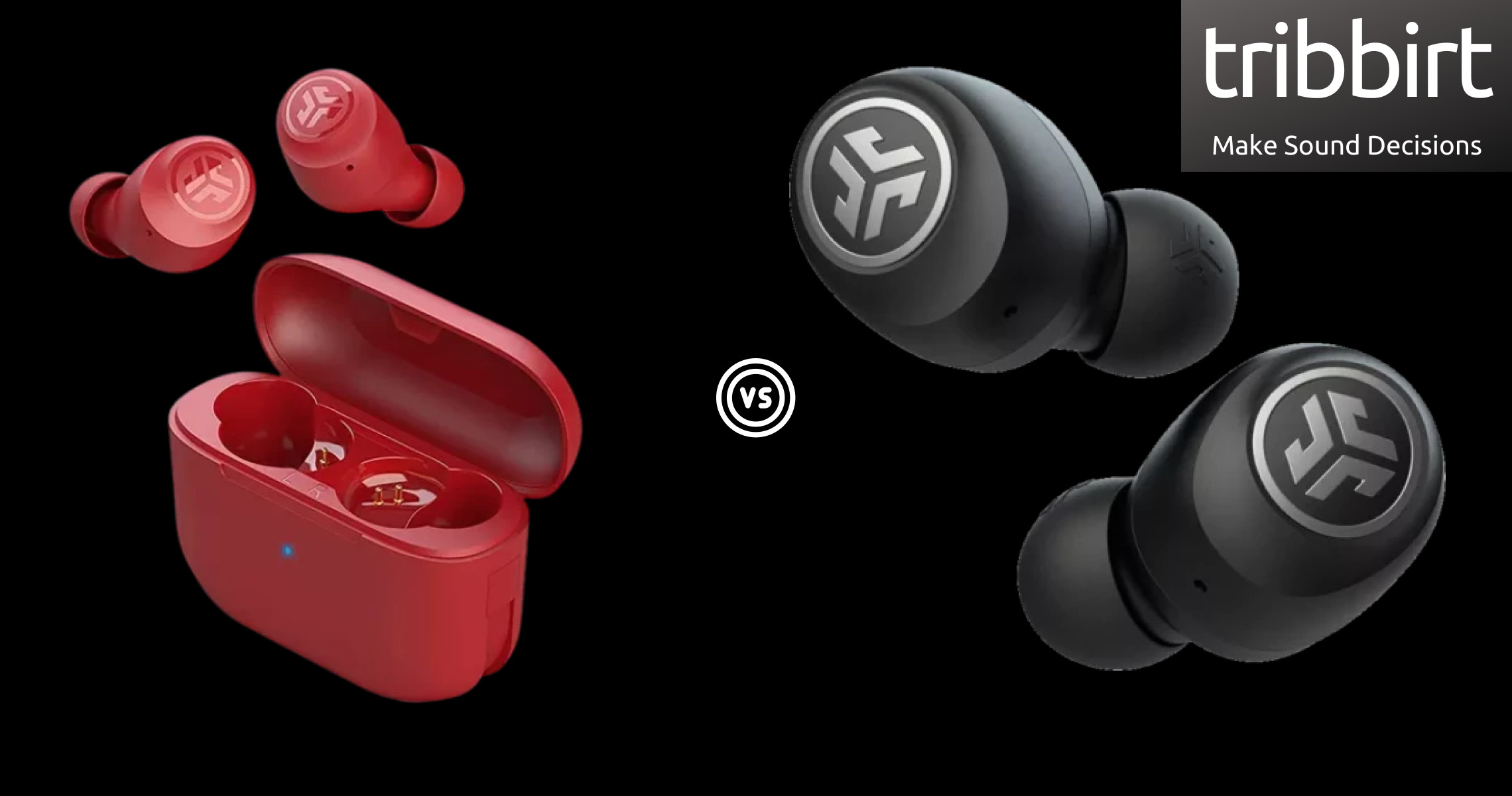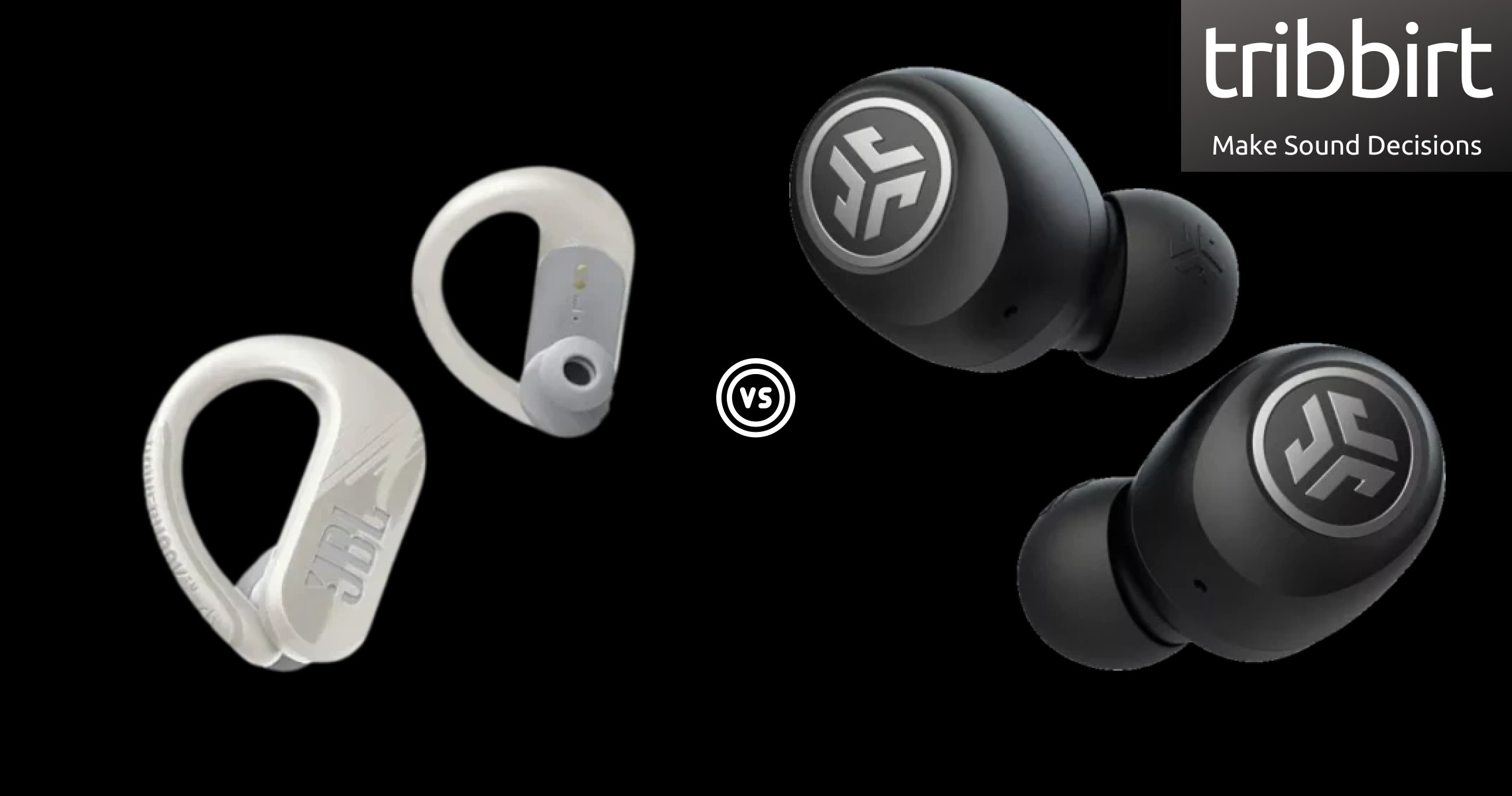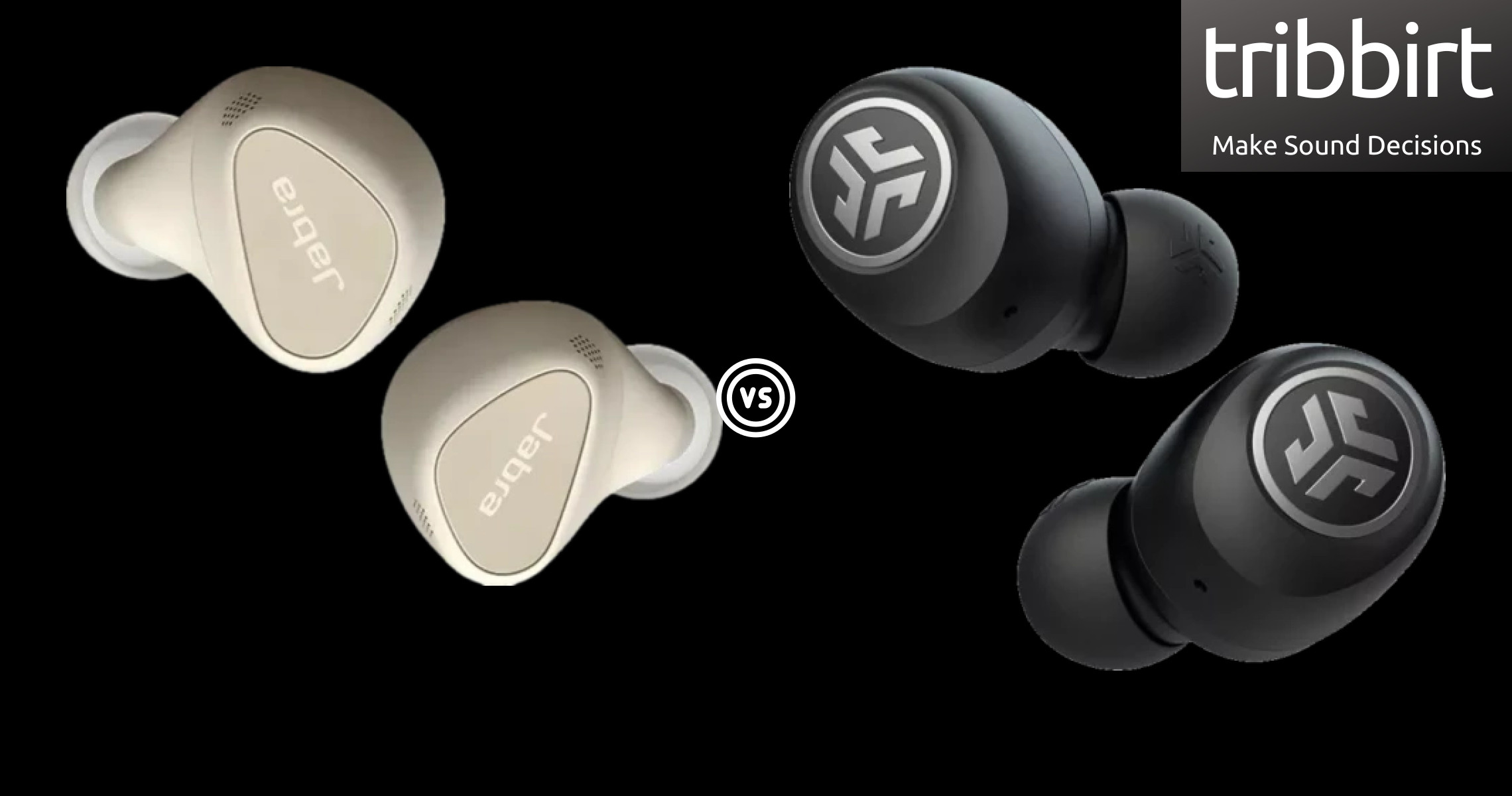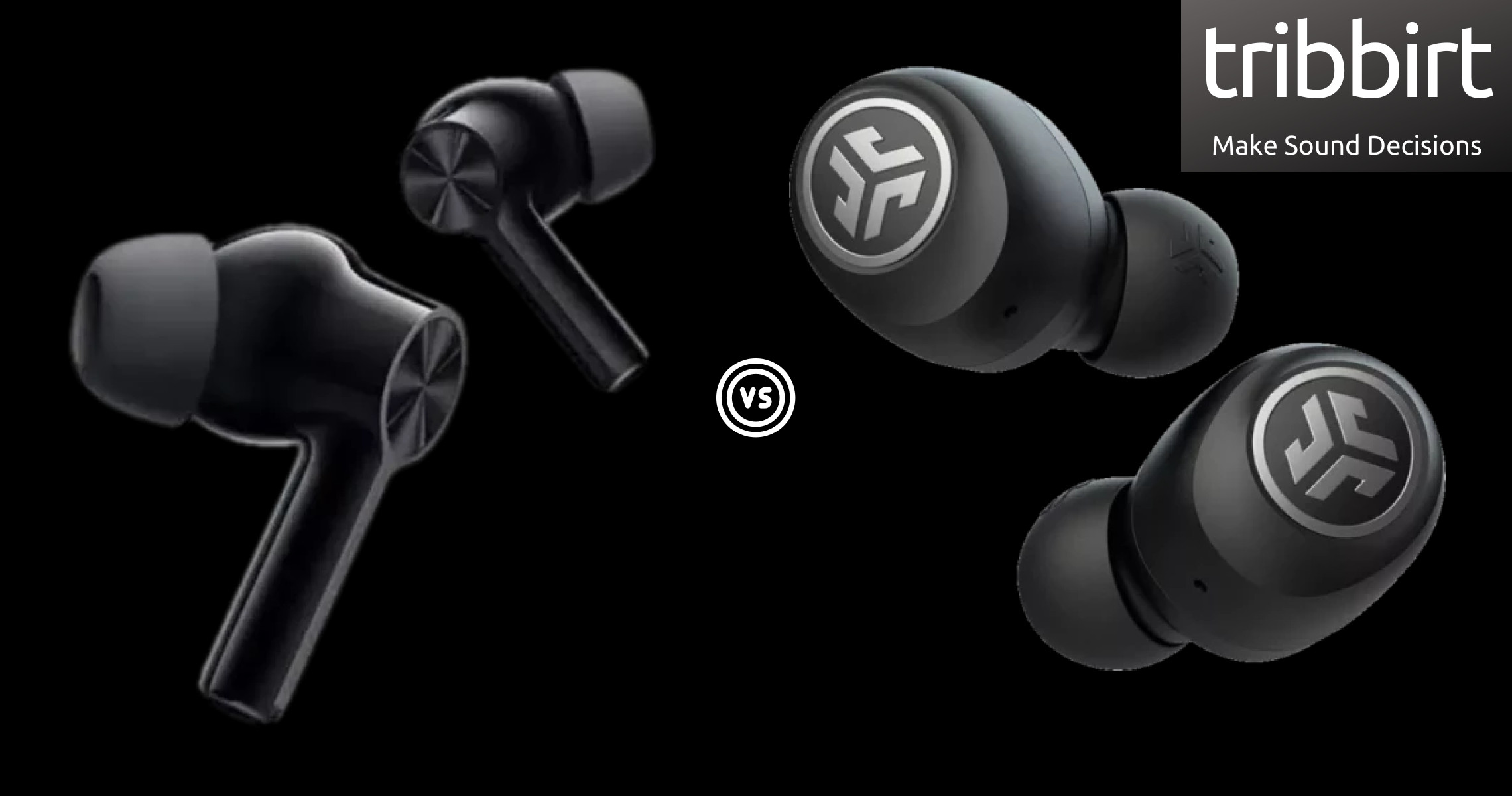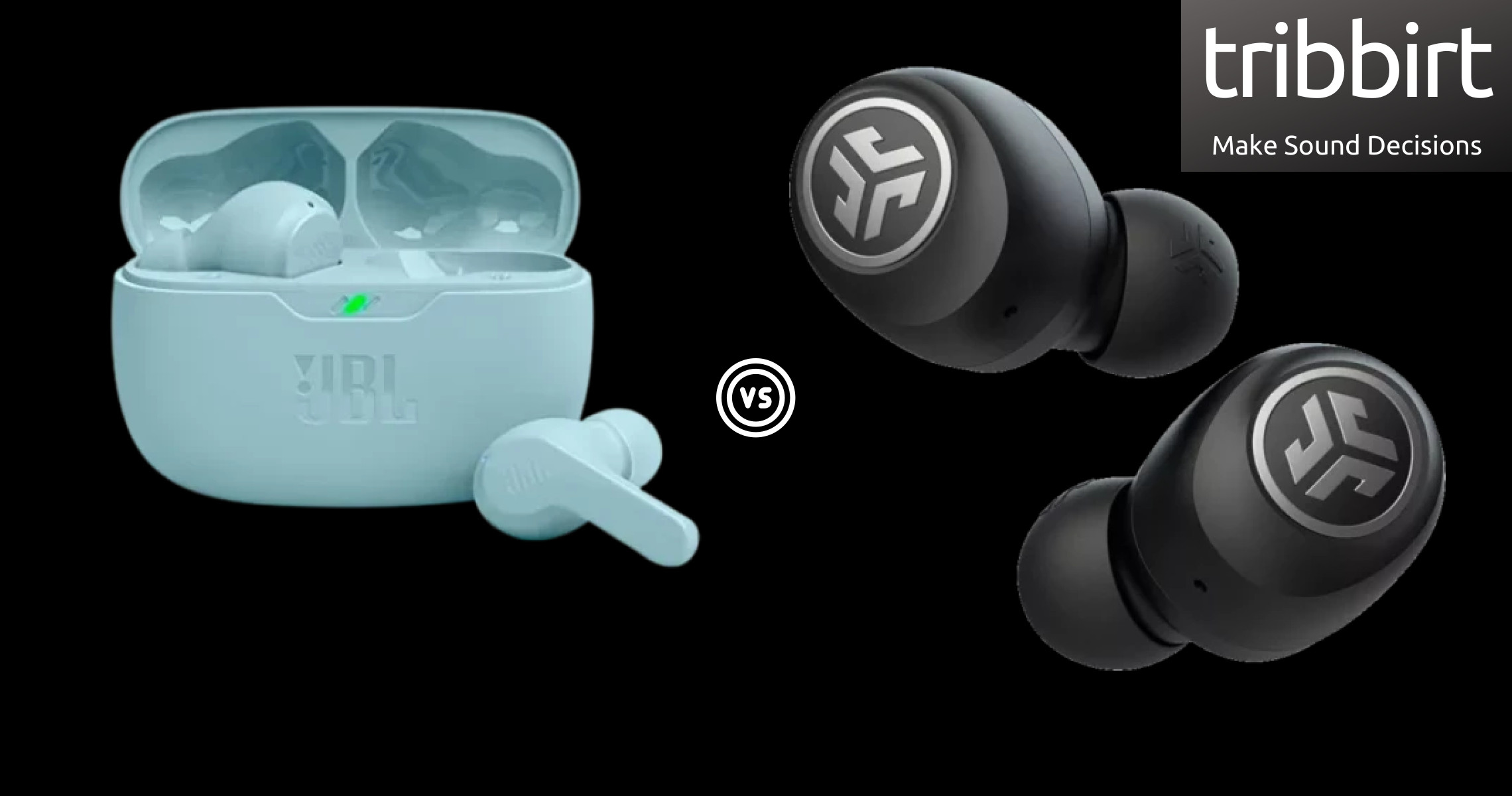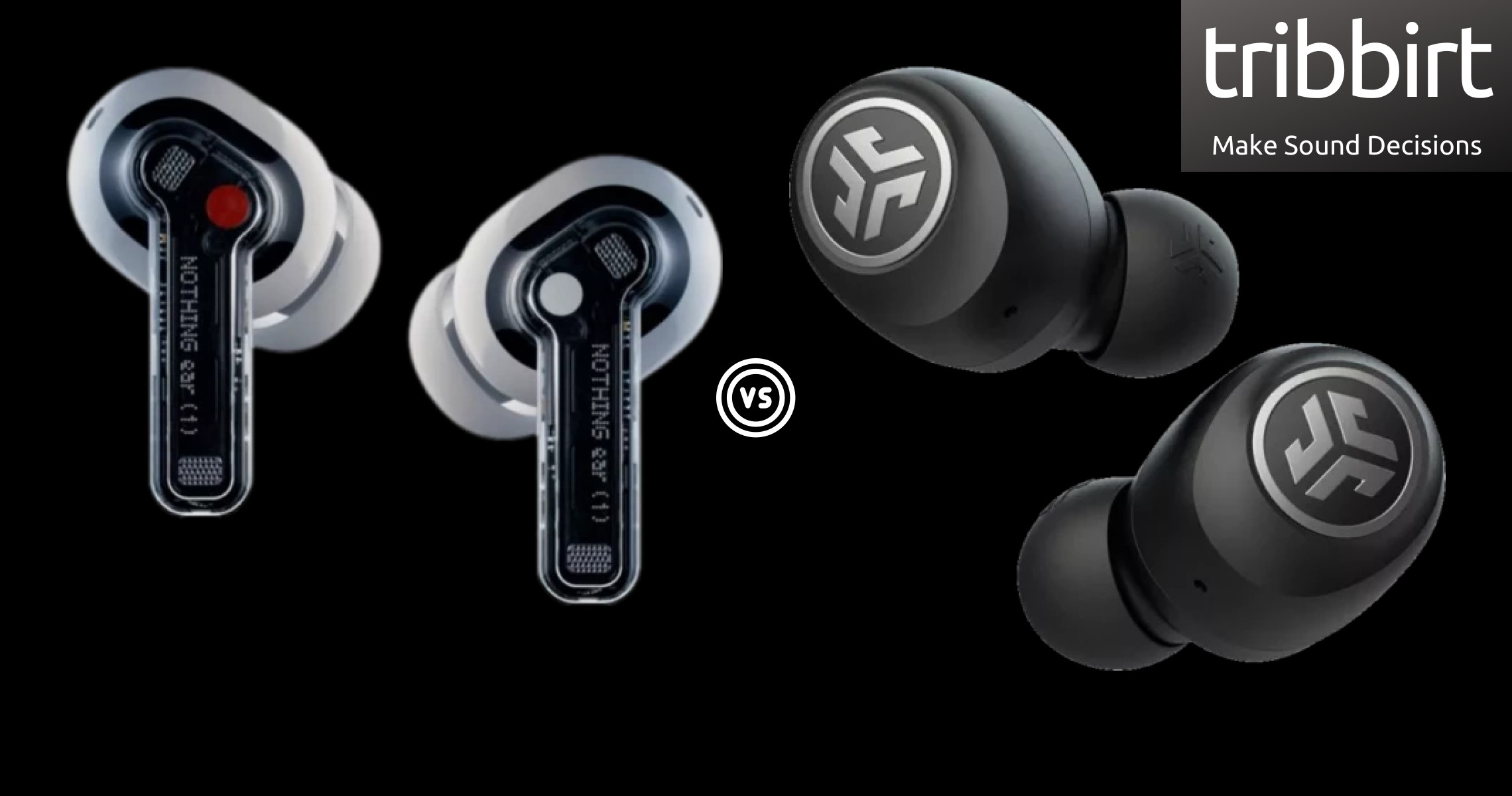Battery Life
Samsung Galaxy Buds Plus
11hours
JLab Go Air 5hours
The JLab Go Air's battery life is 5 hours, these last less than 5 hours of listening which is considered average before recharge. A device's battery life is commonly given by the manufacturer, and with more battery hours, you get to use it for longer and have to charge the device less often.
Samsung Galaxy Buds Plus's battery life is
more than that of JLab Go Air by 6 hours
. Each time you recharge your device, they get a little less listening time. The effect is barely noticeable at first, but over time, your wireless earbuds will have shorter listening time.
Battery Life Of Charging Case
Samsung Galaxy Buds Plus
22hours
JLab Go Air 15hours
The battery life of the charging case is given by the manufacturer, and JLab Go Air's case is said to have a charge of 15 hours. A charging case with a longer battery life enables you to recharge your earbuds on the go many times before having to recharge the case itself.
Samsung Galaxy Buds Plus's charging case has a battery life of 22 hours,
more than that of JLab Go Air by 7 hours
Charge Time
Samsung Galaxy Buds Plus
1hours
JLab Go Air 1.5hours
It requires 1.5 hours to fully charge the JLab Go Air's battery. It is recommended to fully charge the battery before using the earbuds for the first time.
Samsung Galaxy Buds Plus takes 1 hours to fully charge the battery,
less than that of JLab Go Air by 0.5 hours
Has Wireless Charging
Samsung Galaxy Buds Plus
✓
JLab Go Air ✗
Samsung Galaxy Buds Plus, the device supports wireless charging. To charge the earbuds, you just place down on a compatible charging pad.
Has A Battery Level Indicator
Samsung Galaxy Buds Plus
✓
JLab Go Air ✓
JLab Go Air have a battery level indicator, an indicator shows you when the earbuds has a low battery. The battery indicator lights show the charging status of your earbuds and charging case.
Samsung Galaxy Buds Plus too have a battery level indicator, charging indicators enable you to tell the charging state of your device, whether fully charged, or having a low battery.
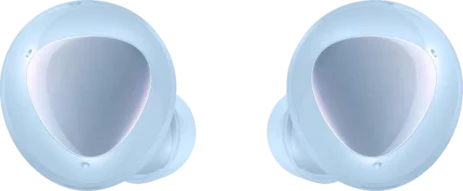
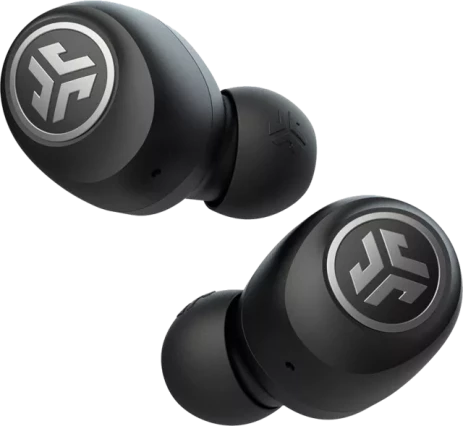
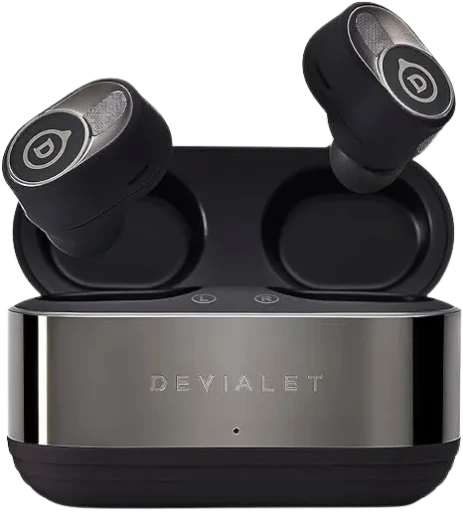 Devialet Gemini 2 Vs. Jlab Go Air Review
Devialet Gemini 2 Vs. Jlab Go Air Review
